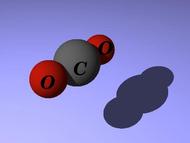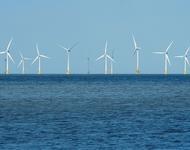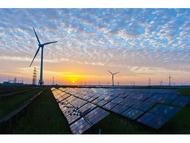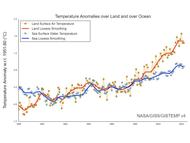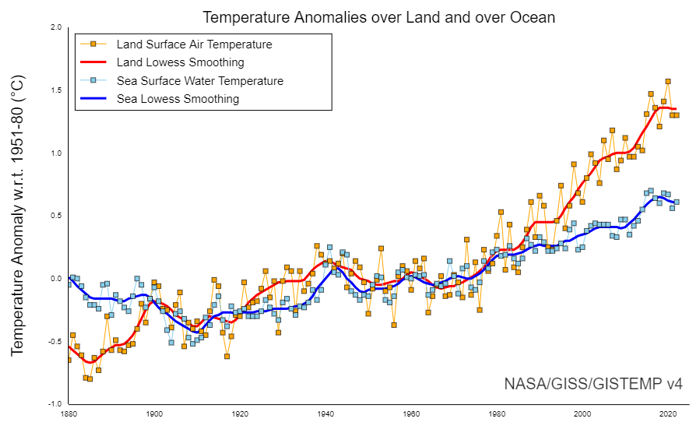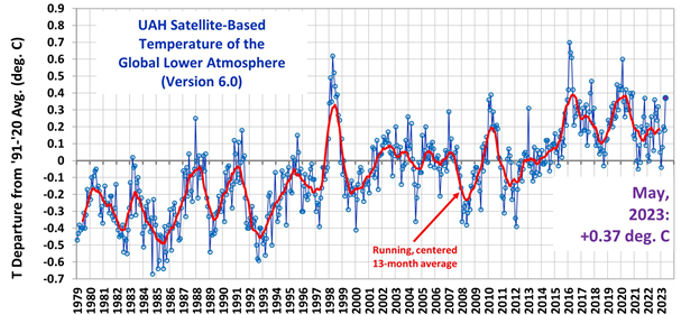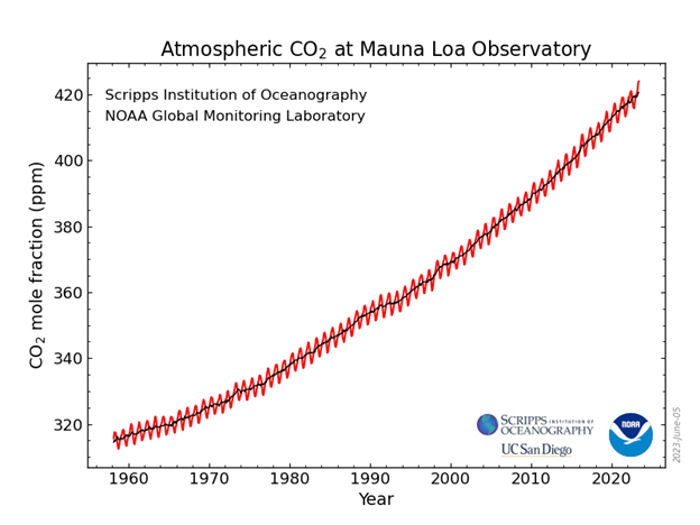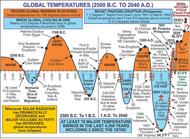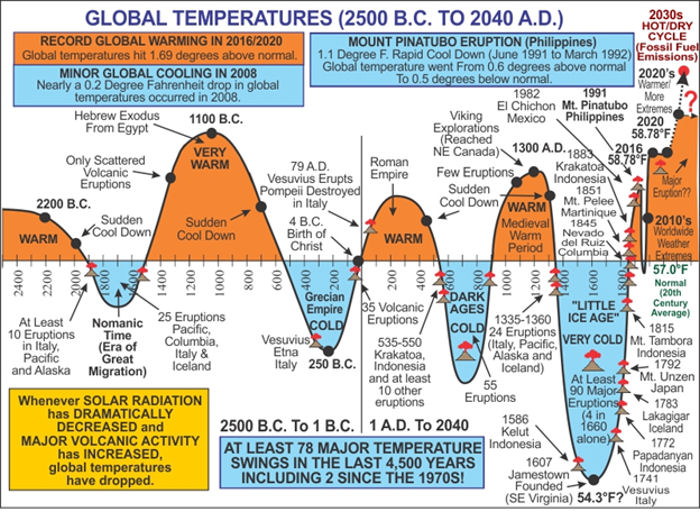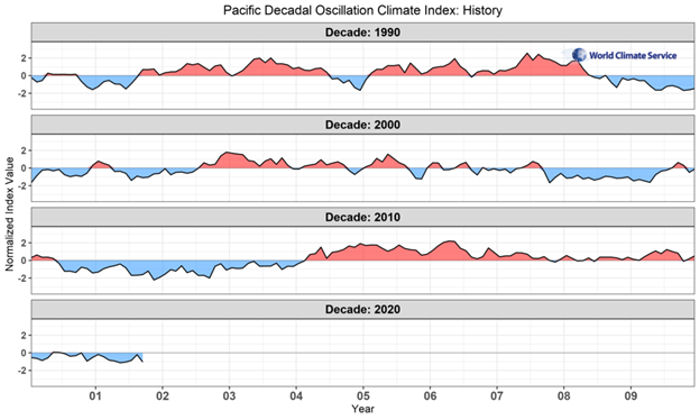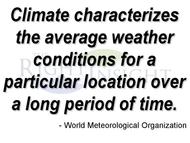Climate Change
Two days before Halloween, 2011, New England was struck by a freak winter storm. Heavy snow descended onto trees covered with leaves. Overloaded branches fell on power lines. Blue flashes of light in the sky indicated exploding transformers. Electricity was out for days in some areas and for weeks in others. Damage to property and disruption of lives was widespread.
That disastrous restriction on human energy supplies was produced by Nature. However, current and future energy curtailments are being forced on the populace by Federal policies in the name of dangerous “climate change/global warming”. Yet, despite the contradictions between what people are being told and what people have seen and can see about the weather and about the climate, they continue to be effectively steered away from the knowledge of such contradictions to focus on the claimed disaster effects of “climate change/global warming” (AGW, “Anthropogenic Global Warming”).
People are seldom told HOW MUCH is the increase of temperatures or that there has been no increase in globally averaged temperature for over 18 years. They are seldom told how miniscule is that increase compared to swings in daily temperatures. They are seldom told about the dangerous effects of government policies on their supply of “base load” energy — the uninterrupted energy that citizens depend on 24/7 — or about the consequences of forced curtailment of industry-wide energy production with its hindrance of production of their and their family’s food, shelter, and clothing. People are, in essence, kept mostly ignorant about the OTHER SIDE of the AGW debate.
Major scientific organizations — once devoted to the consistent pursuit of understanding the natural world — have compromised their integrity and diverted membership dues in support of some administrators’ AGW agenda. Schools throughout the United States continue to engage in relentless AGW indoctrination of students, from kindergarten through university. Governments worldwide have been appropriating vast sums for “scientific” research, attempting to convince the populace that the use of fossil fuels must be severely curtailed to “save the planet.” Prominent businesses — in league with various politicians who pour ever more citizen earnings into schemes such as ethanol in gasoline, solar panels, and wind turbines — continue to tilt against imaginary threats of AGW. And even religious leaders and organizations have joined in to proclaim such threats. As a consequence, AGW propaganda is proving to be an extraordinary vehicle for the exponential expansion of government power over the lives of its citizens.
Reasoning is hindered by minds frequently in a state of alarm. The object of this website is an attempt to promote a reasoned approach; to let people know of issues pertaining to the other side of the AGW issue and the ways in which it conflicts with the widespread side of AGW alarm (AGWA, for short). In that way it is hoped that all members of society can make informed decisions.
Climate Change News
Social Cost of Carbon - ORIGINAL CONTENT
- 10/10/23 at 07:00 AM
The Energy Transition Isn't - Highlighted Article
- 10/5/23 at 07:00 AM
Estimates and Averages - ORIGINAL CONTENT
- 10/3/23 at 07:00 AM
Here's the Climate Dissent You're Not Hearing About Because It's Muffled by Society's Top Institutions - Highlighted Article
- 9/28/23 at 07:00 AM
Cognitive Dissonance - ORIGINAL CONTENT
- 9/26/23 at 07:00 AM
Hot or Not: Steven Koonin Questions Conventional Climate Science and Methodology | Uncommon Knowledge - Highlighted Video
- 9/21/23 at 07:00 AM
Climate Change Dissonance - ORIGINAL CONTENT
- 9/19/23 at 07:00 AM
Adaptation Is the Answer - Highlighted Article
- 9/14/23 at 07:00 AM
Ultimate Demonstration - ORIGINAL CONTENT
- 9/12/23 at 07:00 AM
The Big Lie About Global Warming - Highlighted Article
- 9/7/23 at 07:00 AM
Climate Change & Weather - ORIGINAL CONTENT
- 9/5/23 at 07:00 AM
A Brief History of Climate, From Prehistory to The Imaginary Crisis of the 21st Century - Highlighted Article
- 8/31/23 at 07:00 AM
Climate Events & Weather - ORIGINAL CONTENT
- 8/29/23 at 07:00 AM
Abandon Fossil Fuels, Empower China - Highlighted Article
- 8/24/23 at 07:00 AM
Climate = Sum of Weather - ORIGINAL CONTENT
- 8/22/23 at 07:00 AM
-
Headlines
Search Headlines-
Samizdat: Investors shaken as Tice torpedoes Clean Power 2030
- Net Zero Watch
- July 18, 2025
-
CounterPunch is (Partially) Right: Carbon Capture and Storage is a Scam
- Climate Realism
- July 17, 2025
-
Meteorologist Anthony Watts: ‘Arctic sea ice has remained stable for nearly 20 years’ – While ‘Antarctic sea ice has shown periods of growth, particularly in recent years’
- Climate Depot
- July 16, 2025
-
Ed Miliband to unleash new gas plants to back up patchy wind and solar
- Not A Lot Of People Know That
- July 16, 2025
-
Biggest U.S. Grid Operator Issues Alert for July 16
- OilPrice.com
- July 16, 2025
-
Shuttered Nuclear Plant On Verge Of Revival As America’s Grid Buckles
- Daily Caller
- July 15, 2025
-
Netherlands RATIONS electricity as country struggles to cope with turning away from gas as part of green policies - as expert warns Britain is also 'in trouble'
- Daily Mail
- July 14, 2025
-
Zuckerberg "Focused" On Building Mega Gigawatt-Size Data Centers
- ZeroHedge
- July 14, 2025
-
-
Scholars Wanted
 The Right Insight is looking for writers who are qualified in our content areas.
The Right Insight is looking for writers who are qualified in our content areas.








